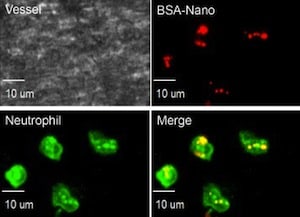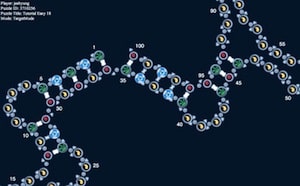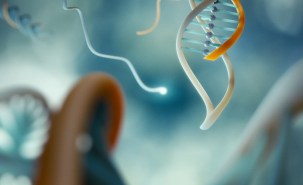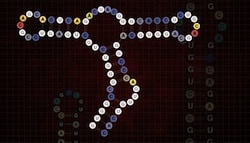By targeting the protein that attaches a type of immune cell called neutrophils to blood vessel walls where they cause serious tissues damage, the neutrophils are released and returned to the circulation to resume their normal functions.
To fight inflammation nanoparticles turn ‘naughty’ neutrophils into ‘nice’ neutrophils









